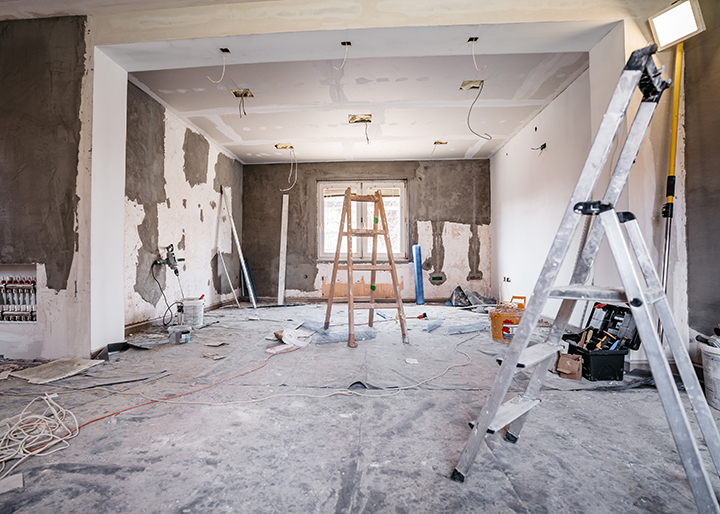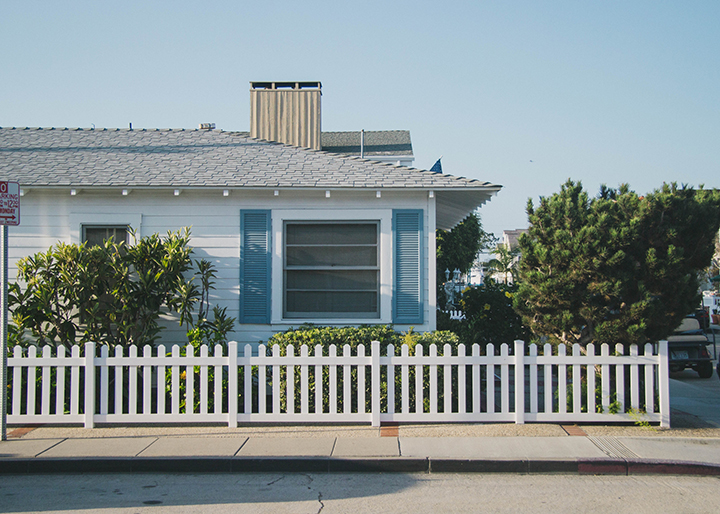Flipping Into 2025
2025 Can be a Successful Year for Fix-and-Flip Investors by Andy Bates Interest rates remain high at the onset of 2025, and any changes to rates will likely occur over time and at a measured pace. This means investors may need to adjust strategy to make the most of the current yet evolving environment. Investors may have to develop teams if they are not already using them, find new markets
Read More












